The most common cause of hand joints arthritis is osteoarthritis due to aging. The articular cartilage wears away as a person gets older. The cartilage is denuded and bare bones rub against each other. The joints will be painful and new bone spurs, called osteophytes are formed. The surrounding soft tissue gets contracted. The range of motion decreases gradually and there is progressive deformity of the joints.
The most commonly involved joint is the distal inter-phalangeal joint of fingers. Osteoarthritis can also occur in proximal inter-phalangeal joints of digits and carpo-metacarpal phalangeal joint of the thumb.
When degenerative arthritis occurs, there will be progressive pain and stiff joints. Activity of daily living can be affected.
X ray shows a narrowed joint space, osteophytes and sclerosis of the bone underneath the joint.
If the joints are not too painful, one can try conservative treatment. Conservative treatment includes night time splint, protection of joint from overload, analgesics, range of motion exercise to preserve range of motion and stretching exercise to stretch out soft tissues.
If the joint pain is not tolerable, operation can be offered to relieve the pain and improve in overall hand function and cosmesis. For distal joints in the digits, joint fusion to make the diseased joint pain free but stiff is a good option. For carpo-metacarpal joint of the thumb, excision arthroplasty to excise the diseased bone while preserving some motion is a good option.
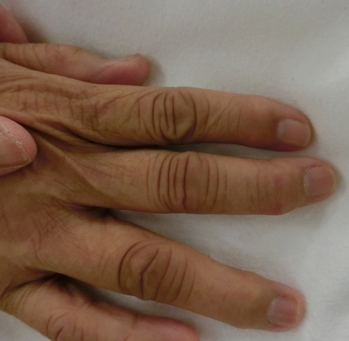
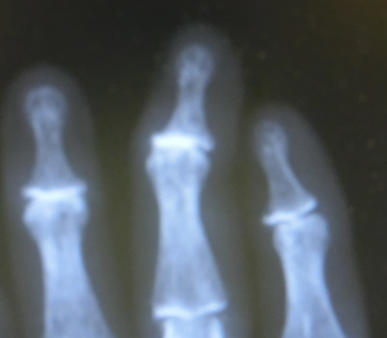
(Middle finger distal inter-phalangeal joint osteoarthritis)
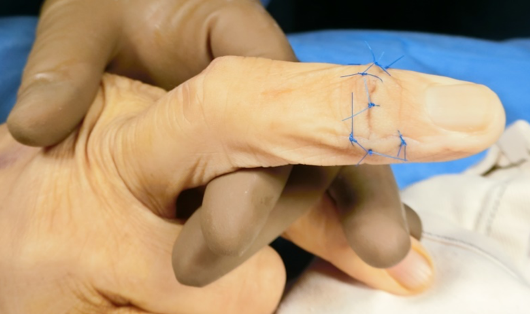
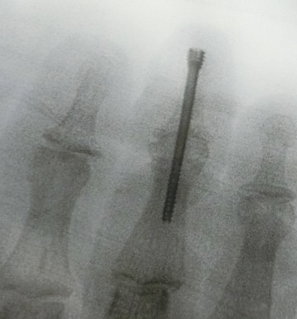
(Distal inter-phalangeal joint fusion with screw)
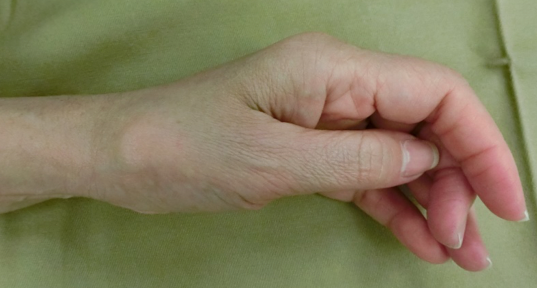
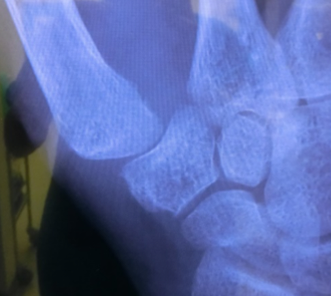
(Thumb carpo-metacarpal joint arthritis causes thumb deformity with narrowed joint space)
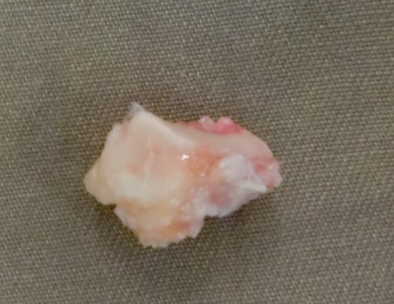
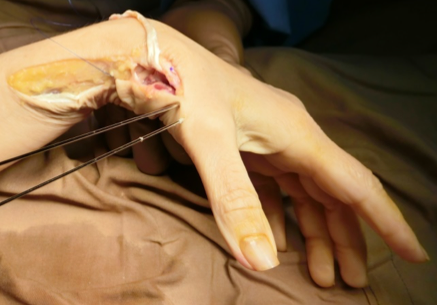
(Excised diseased Trapezium bone and reconstructive surgery)